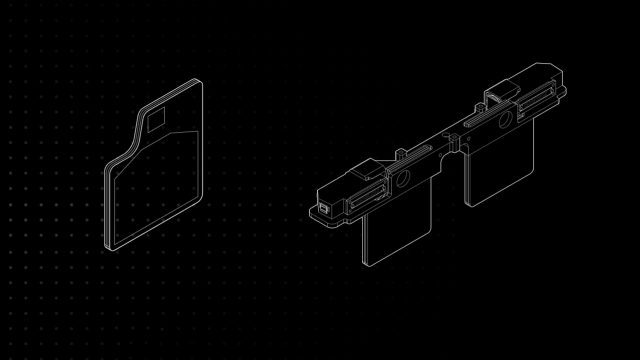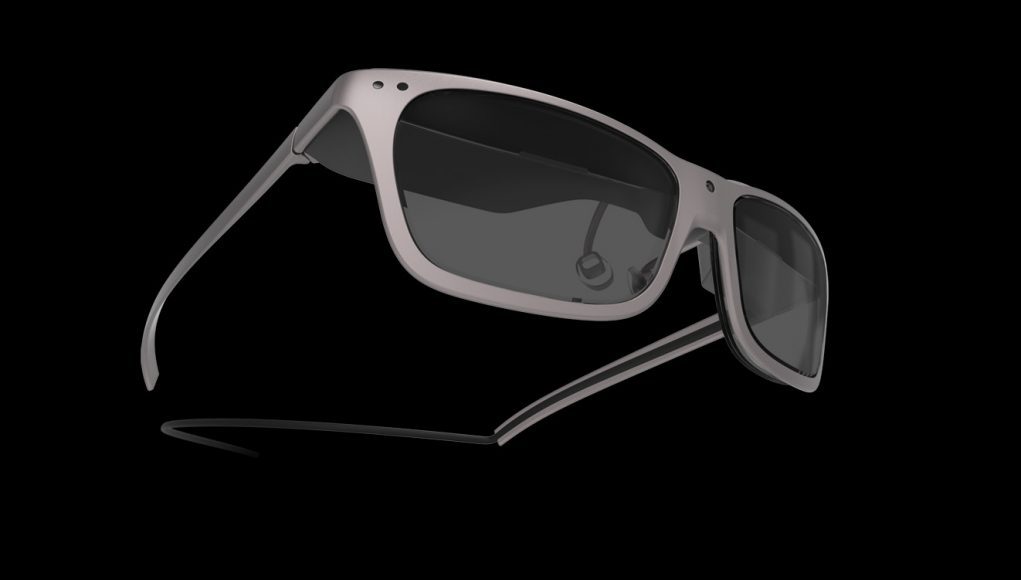AR optics maker WaveOptics has announced a manufacturing partnership with Goertek, one of the VR industry’s leading manufacturers. The deal will enable mass production of WaveOptics’ waveguides for integration into AR headsets which the companies say could be market-ready at a $600 price point in 2019.
China-based Goertek is not a widely recognized name within the VR industry but the company has quietly become a key enabler, providing manufacturing services behind some of the most prominent VR products on the market.
Now, as Goertek looks to play a similar role in the growing AR space, the company has announced that a partnership with WaveOptics which will enable Goertek to offer mass produced AR optics, either as individual components to be used in other AR headsets, or in their own ODM products.
AR optics are often a large contributor to the cost of an AR headset, and with the partnership the companies say they will be able to enable market-ready AR headsets in 2019 at a price point of $600.
WaveOptics is a designer of diffractive waveguide optics. Waveguides can enable extremely thin optics by using structures within the lens which can redirect light in arbitrary directions. In addition to thin optics, the waveguide’s capabilities mean that the display source itself can be mounted in a way that makes an AR headset much more compact than would be possible with other approaches, like Meta 2’s fishbowl optics.

Waveguides are seen as a promising approach to delivering truly glasses-sized AR headsets which are thought to be key to taking the technology mainstream.
WaveOptics announced that it had raised a $16 million Series B investment last year, and claims to have raised $25 million to date. In the newly announced Goertek partnership, WaveOptics stands to clearly demonstrate the claimed scalability of its approach to manufacturing affordable waveguide optics using a lithographic approach.
According to the company’s website, its current optic, the ‘Phlox 40’, offers a 40 degree diagonal field of view across a 16:9 aspect ratio. That’s in the same class as devices like HoloLens and Magic Leap, which lack a wide enough field of view to be particularly immersive. Assuming the Phlox 40 is the optic that Goertek will be offering through the partnership, it’s likely that it will initially see more use in smartglasses than true AR headsets.
WaveOptics expects to be able to expand the field of view of their offering at some point in the future, but pushing beyond 50 degrees has been a challenge for most waveguide technology to date; in the VR industry, a 90 degree field of view is considered the minimum by many for high levels of immersion, but surely even smaller fields of view can be useful and immersive if paired with the right content design.







